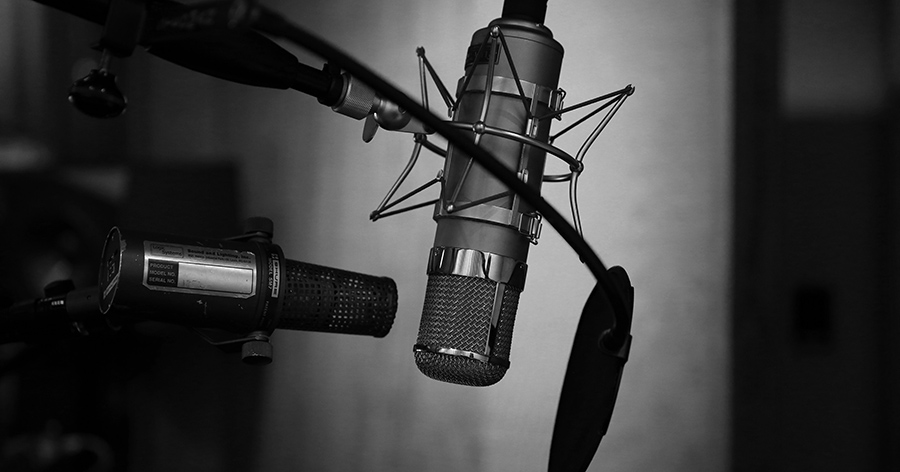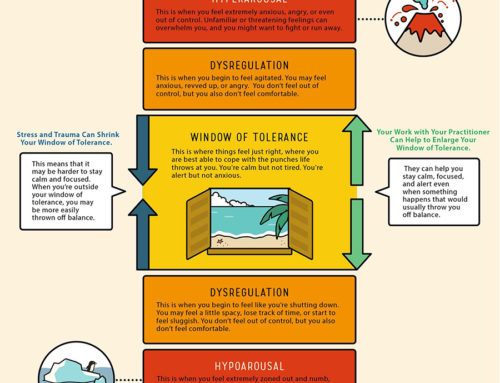The idea of hearing voices is one of the most vilified aspects of mental illness. Hearing voices is frequently attributed to those living with schizophrenia and dissociative identity disorder, but is much more common, and complex, than its portrayal on TV or in media. Although auditory hallucinations can pose significant problems in some cases, voice-hearing can be positive and even, non-clinical.Ranging from benign to disrupting daily life, the idea of hearing voices can be looked at from many different perspectives. If we begin by acknowledging our humanity and the challenges of our own consciousness, we might admit that many (if not most) of us have an inside voice, a voice inside our head. It may be the voice of reason, or the voice of ego, of defiance or criticism, of impulsivity or intuition. Our inner monologue may provide us fodder for our anxiety or confidence to pursue our dreams; it may provide us support and encouragement or be the source of self-sabotage. Although our inner voice isn’t necessarily considered voice hearing, it can help us to better understand the range of experiences of people who do hear voices.
Research into the prevalence of voice-hearing highlights the variability in how we define the phenomenon. Global studies suggest that anywhere from 1-80% of the population hears voices, with an average somewhere between 5 and 28%, depending on study definitions and the meaning associated with the experiences. Of those people who experience auditory verbal hallucinations, only 25% of them met the diagnostic criteria for a psychotic disorder.
Neurologists looking into the differences between voice-hearers who understand the voice to be their own and those who attribute the voice to an external source suggest that the difference may lie in our interpretation of subvocal speech. Subvocal speech is the activation of vocal muscles in connection with our inner thoughts or dialogues. It can’t usually be heard, and most people recognize the voice as their own. Researchers have found that some people with schizophrenia aren’t able to recognize this voice as their own and therefore try to make sense of it by attributing the voice to invasive government technologies, supernatural spirits, or religious entities.
Theories and research into predictive processing, the expectations we have regarding our sensory experiences, suggest that expectations and meaning we attach to the voices is critical to the difference between clinical and non-clinical voice-hearing. People who hear voices may be primed to hear speech in ambiguous situations and may be better at detecting and interpreting intelligible but degraded or warped speech. In other words, they may be more sensitive to the environmental cues around them and expect to hear speech in situations that other people may perceive as ‘just noise’. Functional magnetic resonance imaging (fMRI) suggests that voice-hearers use the typical speech areas of the brain but also other areas, including the dorsal anterior cingulate cortex and the superior frontal gyrus.
In spite of sensationalized, though more realistic and empathetic than in the past, portrayals of clinical voice-hearing in media like on the TV shows Mr Robot and Orange is the New Black, researchers are moving towards an understanding of voice-hearing as existing on a continuum, where hearing voices doesn’t automatically equal distress, psychosis, or a need for care.
What we believe about ourselves and the world, as well as the meaning we attach to the voices we may hear, is more important than the presence or absence of auditory verbal hallucinations.
Sociocultural factors, in particular our values and beliefs about hearing voices, have been shown to impact the amount of distress that someone might experience. Anthropologists studying people diagnosed with schizophrenia in the United States, Ghana, and India, found that Americans with schizophrenia were more likely to report that the voices were violent and hateful. Participants from Ghana and India on the other hand, were more likely to report that the voices were predominantly friendly or helpful like a relative or God providing guidance. Their experiences of the voices they heard were mostly or entirely positive. Researchers theorized that these differences may be related to cultural orientation – in cultures where individuality is valued, voices are more likely to be thought of as intrusive or a violation; in cultures where community has a greater emphasis, voices are more likely to be thought of as relational. This research parallels the shifting paradigms within the field of psychiatry itself, its understanding of stigma and the impact of language and the naming of mental health conditions.
As a naturopathic doctor working with patients to improve their mental health, I embrace a non-pathological approach to voice hearing. The best way to decrease stigma is to talk about hearing voices openly and use a biopsychosocial model that acknowledges embodied subjectivity. In working with clinical and non-clinical voice hearers, I have learned that often it doesn’t matter whether or not the voices are delusions or a hypersensitivity. What matters is the meaning they have for the individual patient in front of me. Do the voices lead to feelings of distress? Can they be perceived as helpful or friendly? Are the voices bothersome or comforting? Only by asking questions and developing individualized strategies can we honour the humanity of both non-clinical and clinical voice hearing on the path to mental wellness.






